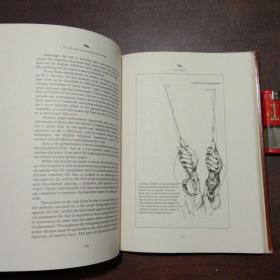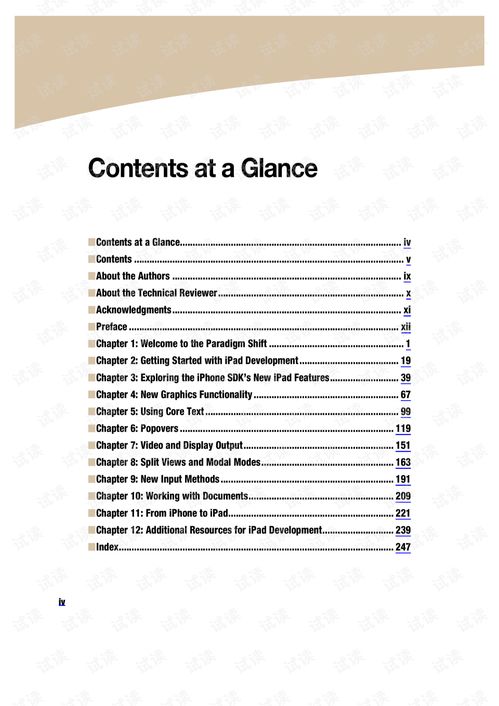Content:
Embarking on a fishing adventure in a picturesque pond is a tranquil and rewarding experience. Whether you're a seasoned angler or a beginner, mastering the art of catching fish in pond environments can significantly enhance your enjoyment and success. In this article, we delve into the essentials of pond fishing, offering a detailed video guide to various angling techniques that will help you reel in the big ones. So, let's dive right in and explore the world of pond fishing!
Understanding Pond Fish Behavior
Before we delve into the techniques, it's crucial to understand the behavior of fish in pond environments. Ponds are often home to a variety of species, such as carp, bass, and perch. These fish are typically found in areas with different depths, vegetation, and structure, which can influence their feeding patterns and behavior.
Choosing the Right Gear
The first step in pond fishing is selecting the appropriate gear. Here's a quick rundown of the essentials:
- Rod and Reel: Choose a rod and reel that suit the type of fish you're targeting. A medium-heavy action rod with a spinning reel is often ideal for pond fishing.
- Line: Use a monofilament line with a thickness ranging from 4 to 10 pounds, depending on the fish size and the pond's conditions.
- Lures and Baits: Soft plastics, spinners, and live bait like worms or maggots are all effective for pond fishing.
Identifying Hotspots
Once you have your gear, the next step is to identify the best spots in the pond to cast your line. Look for areas with the following characteristics:

- Vegetation: Fish often feed near or around vegetation, as it provides cover and attract insects.
- Deeper Areas: Some fish, like bass, prefer deeper areas for shade and protection.
- Structure: Rocks, logs, and bridges can create areas with different currents and temperatures, attracting fish.
Angling Techniques
Now that you know where to fish, let's explore some angling techniques that can help you catch more fish in ponds:
A. Casting Techniques
- The Overhand Cast: This is the most common casting technique and is ideal for casting to distant targets. Hold the rod with both hands, and with a backstroke, swing the rod and line backward. Bring the rod forward with a forward stroke, allowing the line to unroll and the lure to land with a gentle splash.
- The Sidearm Cast: This technique is useful for casting around obstacles. Hold the rod in one hand and use your other hand to flick the line to the desired target.
B. Lure Techniques
- Jigging: For species like bass, jigging can be highly effective. Drop a jig down to the desired depth, then lift and drop it in a erratic motion to mimic the movement of prey.
- Spinner Baiting: Spinners are great for attracting fish with their noise and vibration. Retrieve the spinner quickly and with a lot of action to entice fish to bite.
C. Live Bait Techniques
- Worming: For species like carp, worms are a popular choice. Thread a worm onto a hook and present it in a natural, lifelike manner.
- Maggot Baiting: Maggots are another effective live bait option. They are best used on the bottom of the pond, as they resemble natural food sources.
Setting the Hook and Landing the Fish
Once you've attracted a fish, it's time to set the hook and land your catch:
- Setting the Hook: When a fish strikes, don't wait too long to set the hook. Use a quick, upward motion to secure the fish.
- Landing the Fish: Be patient and gentle as you reel in the fish. Use a net if possible to avoid damaging the fish's scales.
The Importance of Patience and Practice
Finally, remember that pond fishing requires patience and practice. The more you fish, the better you'll understand the habits of the fish in your local pond. Keep experimenting with different techniques and baits until you find what works best for you.
Conclusion
Catching fish in ponds can be a delightful experience, and with the right techniques and a bit of practice, you can become a proficient pond angler. Use this comprehensive video guide to learn and improve your pond fishing skills, and enjoy the serenity of the water as you reel in the big ones. Happy fishing!












